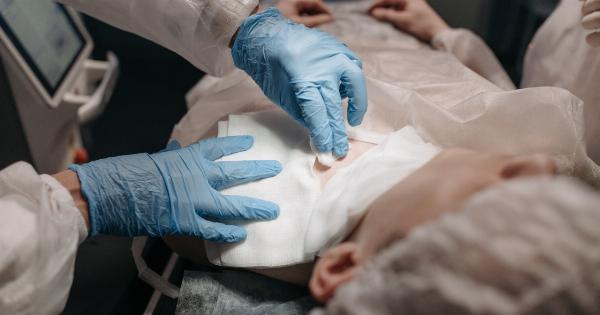The meniscus is a tough, rubbery cartilage that is found in the knee joint. It acts as a shock absorber and helps to distribute the weight and pressure of the body across the joint.
The meniscus is vital to the overall health and function of the knee joint, and any damage to it can result in significant pain and mobility issues.
Causes of Meniscus Tears
Meniscus tears are a common sports injury and can be caused by sudden twisting or turning of the knee, intense physical activity, or trauma to the joint.
However, tears can also occur due to natural degeneration of the meniscus, which is more common in older adults.
Symptoms of Meniscus Tears
The symptoms of a meniscus tear include pain, swelling, stiffness, and difficulty moving the knee. Some people may also experience a clicking or popping sensation in the joint, and there may be a decrease in range of motion.
Diagnosis of Meniscus Tears
If you are experiencing symptoms of a meniscus tear, it is important to see a doctor for diagnosis.
The doctor will typically perform a physical examination of the knee joint and may order imaging tests such as an X-ray or MRI to confirm the presence of a tear.
Non-Surgical Treatment Options
For mild to moderate meniscus tears, non-surgical treatment options may be recommended. These can include:.
- Rest and Ice: Resting the knee and applying ice can help to reduce swelling and pain.
- Physical Therapy: Exercises can help to strengthen the muscles around the knee joint and improve overall mobility and range of motion.
- Pain Medication: Over-the-counter pain medication or prescription medication can help to alleviate pain and reduce inflammation.
Surgical Treatment Options
If non-surgical treatment options are not effective, surgical treatment may be necessary. The type of surgery recommended will depend on the extent and location of the tear, as well as other factors such as the age and overall health of the patient.
Some surgical treatment options include:.
- Meniscectomy: In this procedure, the torn part of the meniscus is removed. This is typically a minimally invasive procedure that can be done on an outpatient basis.
- Meniscal Repair: In this procedure, the torn meniscus is surgically repaired using sutures or other techniques. This procedure may be more appropriate for younger patients with larger tears.
- Meniscal Transplant: In some cases, a meniscus transplant may be necessary. This involves replacing the damaged meniscus with a donor meniscus.
Recovery and Rehabilitation
Recovery and rehabilitation after a meniscus tear will depend on the type and extent of the injury, as well as the type of treatment received.
For non-surgical treatment options, recovery time is typically shorter and rehabilitation may involve physical therapy to help strengthen the knee and improve mobility. For surgical treatment options, recovery may take longer and may involve more extensive rehabilitation.
Preventing Meniscus Tears
While it is not always possible to prevent meniscus tears, there are some steps you can take to help reduce the risk of injury:.
























